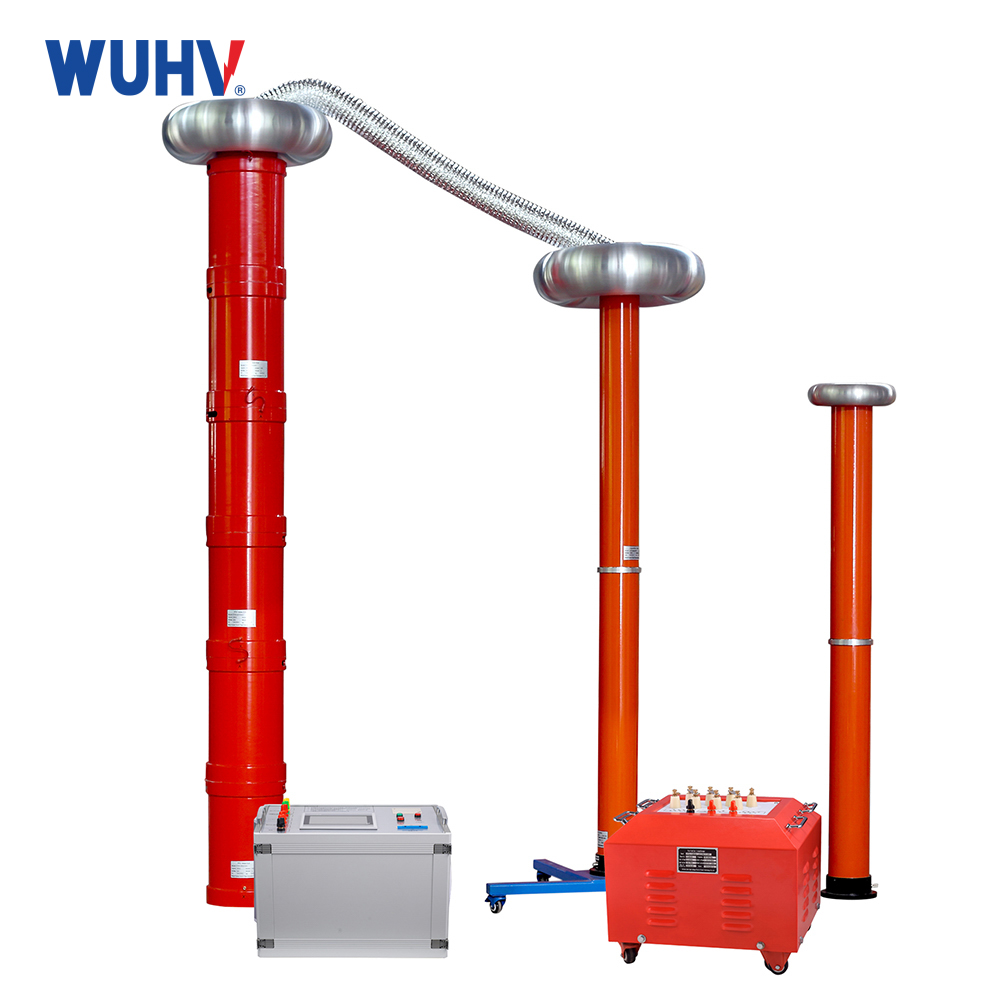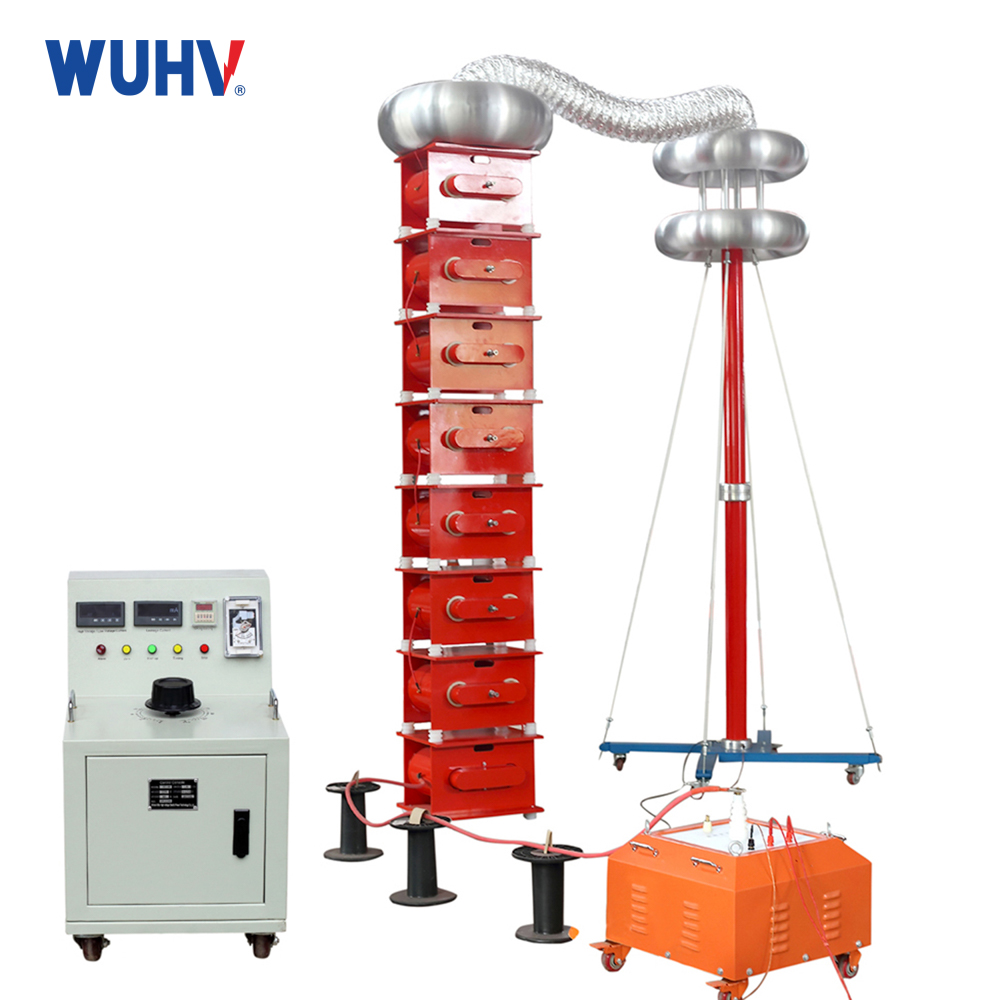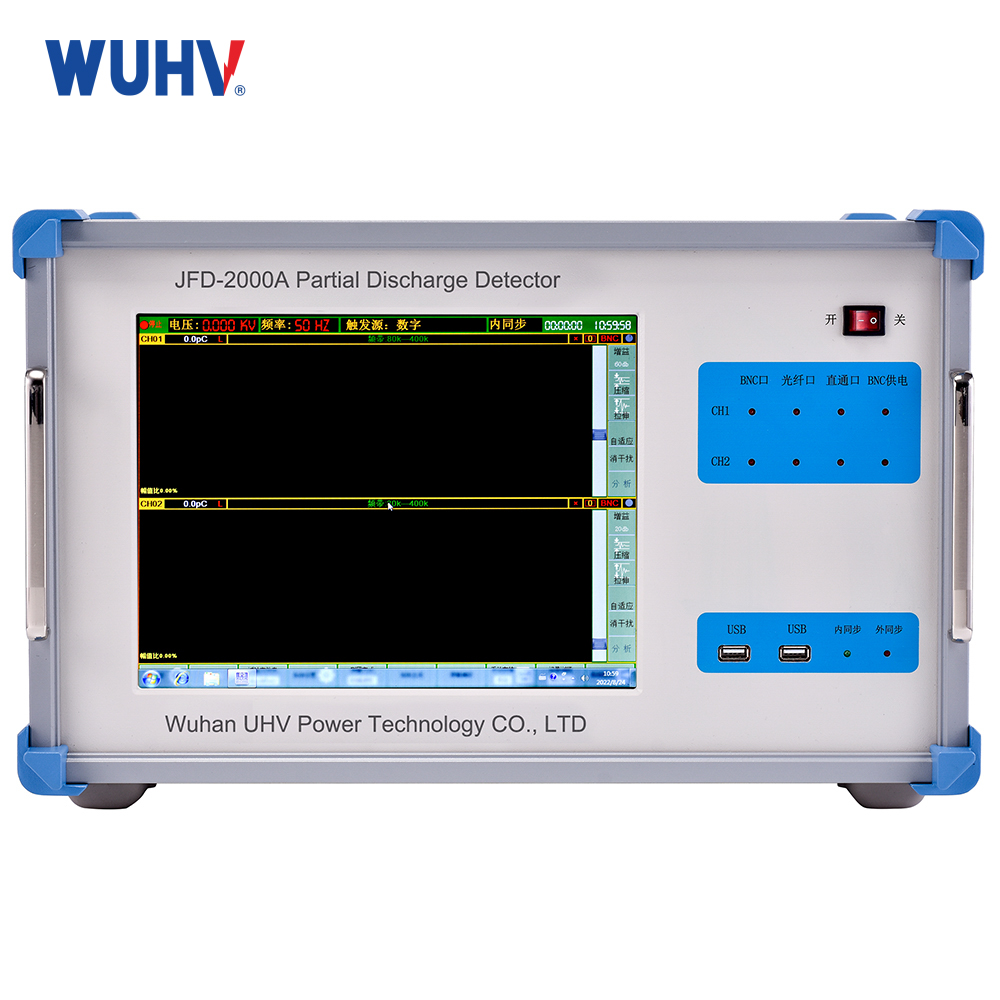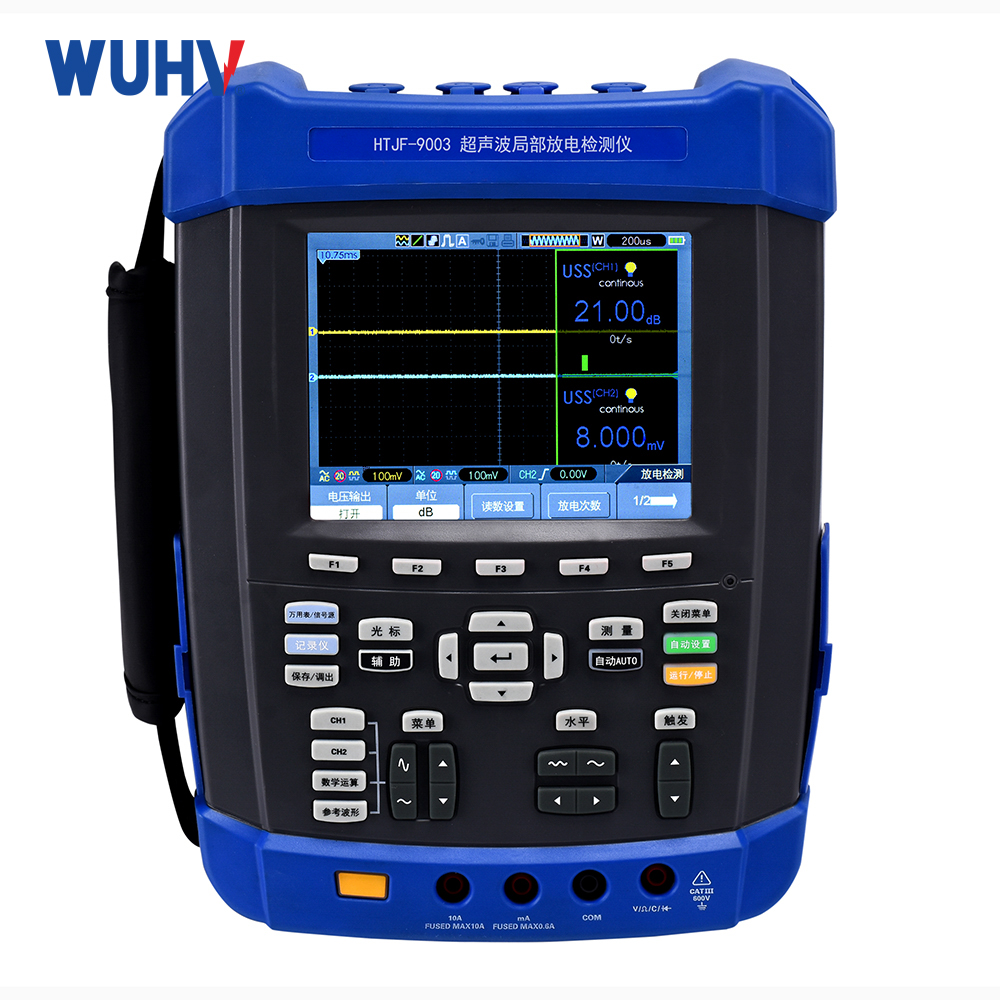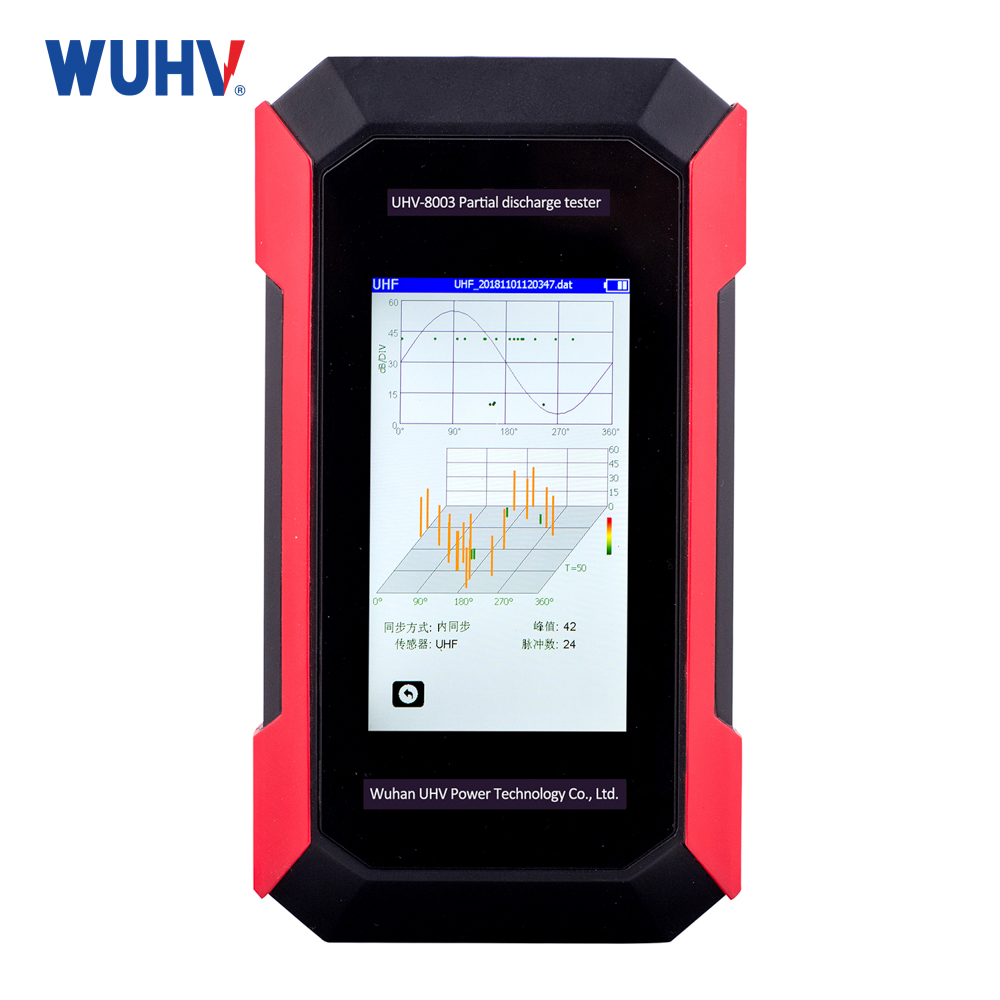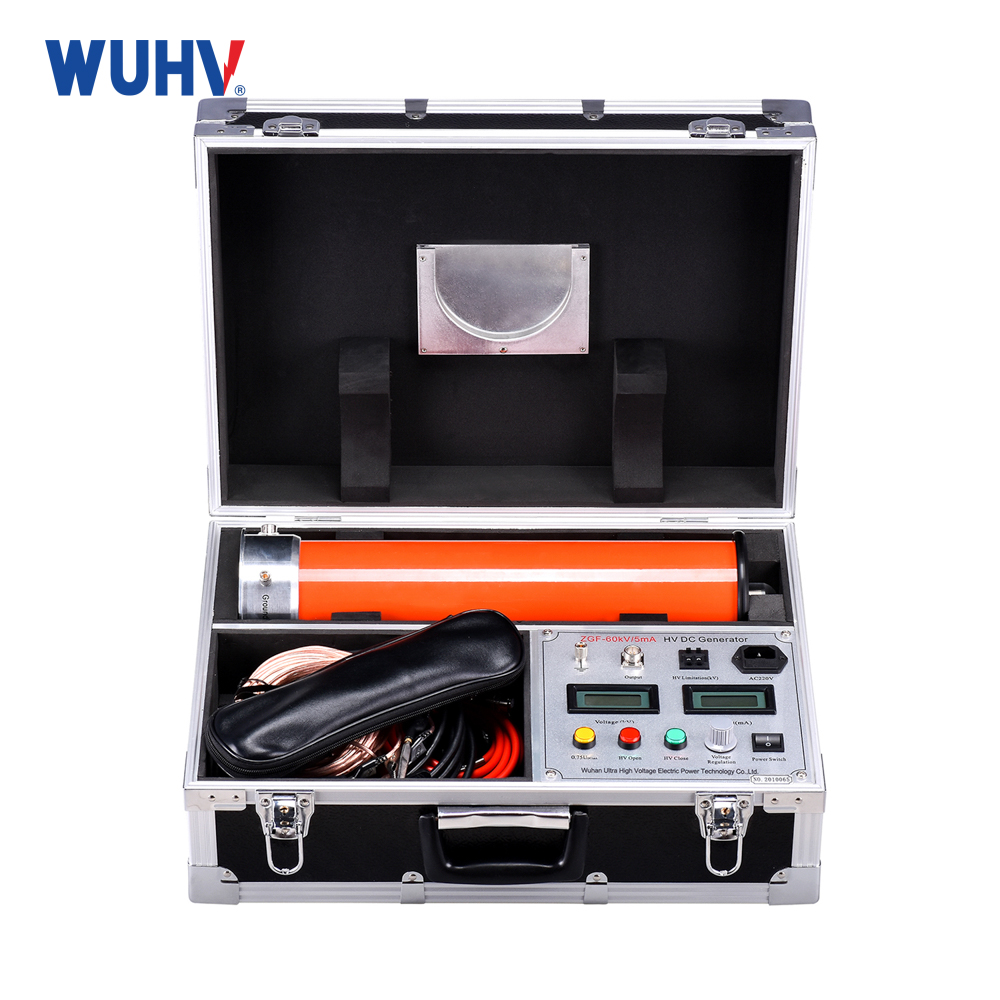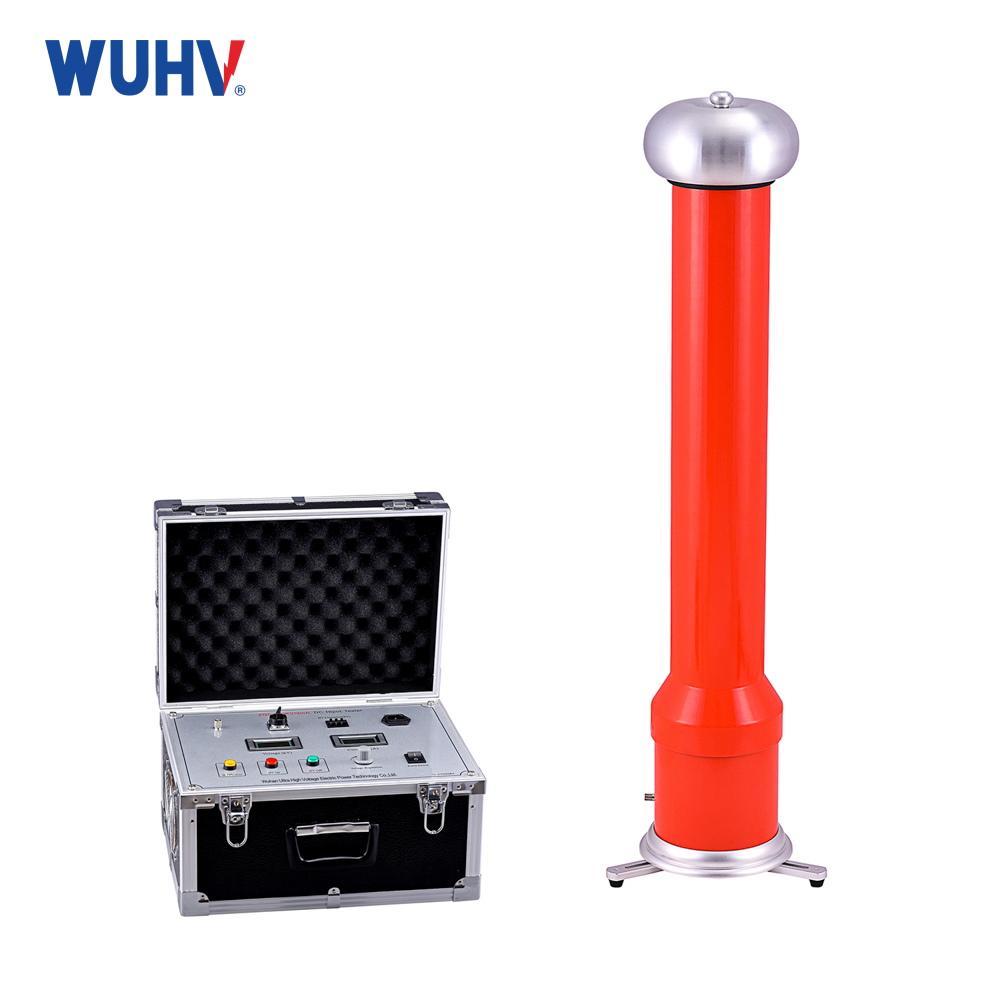The Impulse Voltage Test System under Wuhan UHV can help many power workers conduct various power tests more conveniently.
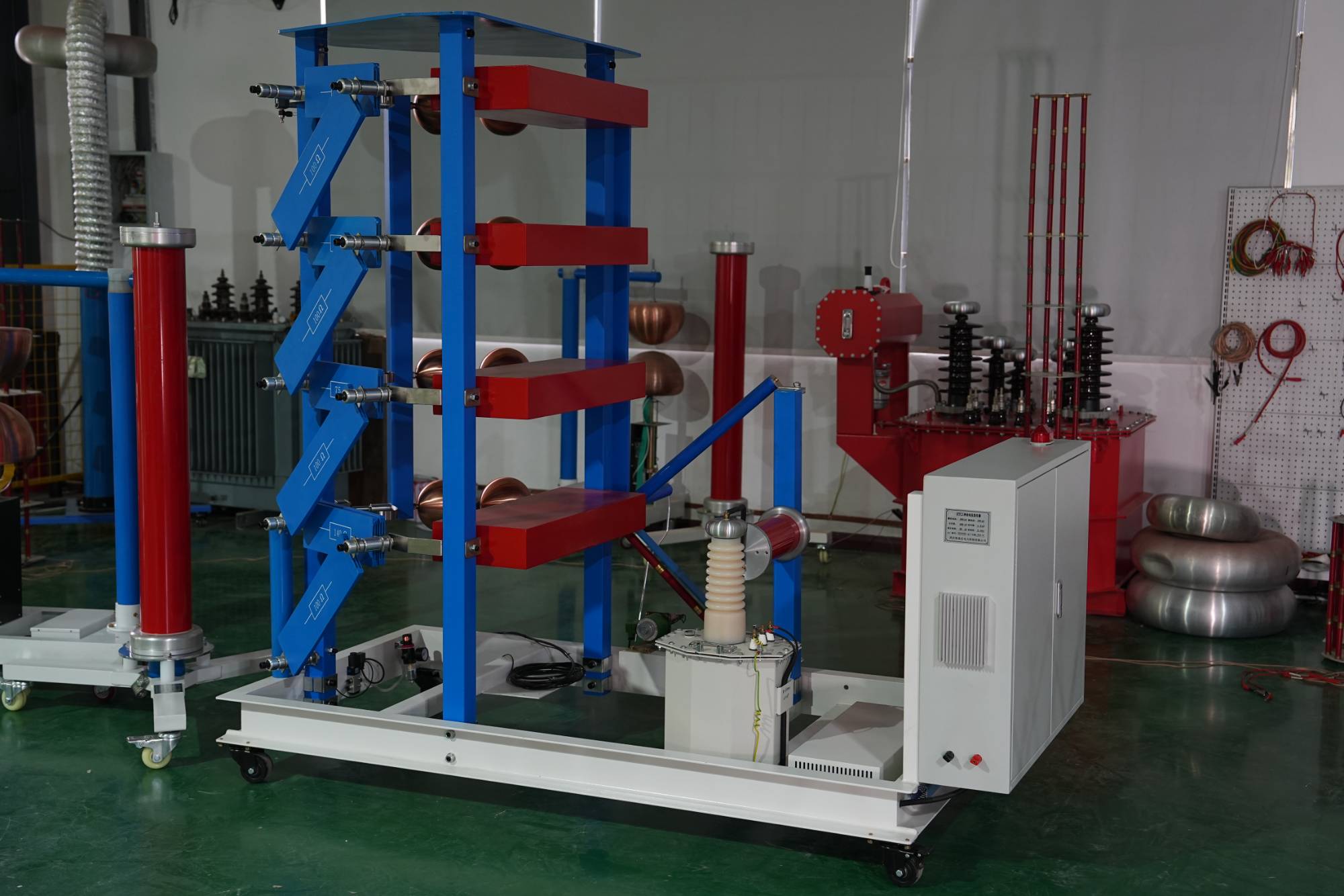
1.Purpose & Core Focus:
Impulse Voltage Test: This is a core part of high-voltage insulation testing. Its primary purpose is to verify that the main insulation system of high-voltage electrical equipment will not break down or flash over when subjected to extreme transient overvoltages (e.g., lightning strikes or switching operations). It directly assesses the dielectric strength of insulating materials and the withstand capability of the insulation structure. The goal is to ensure safe operation and personnel safety under extreme overvoltages.
Surge Immunity Test: This is part of Electromagnetic Compatibility (EMC) testing. Its primary purpose is to evaluate the immunity of electronic/electrical equipment or systems to transient overvoltage disturbances conducted via power lines or signal lines. It focuses on whether the device functions correctly, suffers performance degradation, or is damaged after such a disturbance, and whether protective devices (like MOVs, GDTs) are effective. The goal is to ensure equipment reliability and compatibility in the electromagnetic environment.
2.Target Equipment:
Impulse Voltage Test: Primarily applied to high-voltage and extra-high-voltage power equipment, such as transformers (windings, bushings), circuit breakers, disconnectors, insulators, power cables, rotating machine windings, surge arresters, etc. Test voltages are typically in the range of tens of kV to hundreds of kV or even higher.
Surge Immunity Test: Primarily applied to low-voltage powered electronic equipment, such as household appliances, information technology equipment, industrial control devices, power modules, communication equipment, etc. Test voltages are typically in the range of hundreds of V to a few kV.
3.Simulated Physical Phenomena:
Impulse Voltage Test: Directly simulates the most severe natural lightning overvoltages or intense internal power system switching overvoltages. These overvoltages have enormous energy and act directly on the device's main insulation.
Surge Immunity Test: Simulates switching transients (e.g., large load switching, fuse blowing) or indirect lightning effects (e.g., overvoltages induced by lightning strikes on nearby ground or lines). These overvoltages usually enter the device ports via power lines or signal lines through conduction and have relatively lower energy.
4.Standard Basis:
Impulse Voltage Test: Follows high-voltage testing standards, such as IEC 60060-1, GB/T 16927.1, IEEE Std 4, etc. These standards strictly define waveform parameters (front time, time to half-value), test procedures, environmental conditions, etc.
Surge Immunity Test: Follows EMC standards. The core standard is IEC 61000-4-5 (equivalent national standard GB/T 17626.5). It defines surge generator characteristics (open-circuit voltage waveform 1.2/50 μs, short-circuit current waveform 8/20 μs), test levels, coupling/decoupling networks, test configurations, and application methods.
5.Typical Waveforms:
Impulse Voltage Test:
Standard Lightning Impulse: Front time 1.2 μs ± 30%, time to half-value 50 μs ± 20% (1.2/50 μs).
Standard Switching Impulse: Front time 250 μs ± 20%, time to half-value 2500 μs ± 60% (250/2500 μs).
Surge Immunity Test:
Combination Wave: This is the most commonly used surge waveform. The surge generator delivers a 1.2/50 μs voltage wave under open-circuit conditions and an 8/20 μs current wave under short-circuit conditions. The actual waveform applied to the Equipment Under Test (EUT) port depends on the port impedance, lying between a pure voltage source and a pure current source.
6.Application Method:
Impulse Voltage Test: The impulse voltage is typically applied directly between the high-voltage terminal of the test object and ground (or between different windings/phases), testing the main insulation. The device is usually not energized during the test.
Surge Immunity Test: The surge pulse is coupled to the device's power ports or signal ports (line-to-line, line-to-ground) via Coupling/Decoupling Networks (CDNs). The test is usually performed with the device in its normal operating state to observe if its function is affected.
7.Test Nature:
Impulse Voltage Test: Typically a destructive test (especially during withstand tests where the rated withstand voltage is applied), classified as a Type Test, used for design verification and routine factory testing. The pass criterion is the absence of insulation breakdown or flashover.
Surge Immunity Test: Typically a non-destructive performance test, classified as an EMC compliance test. The pass criterion is that the device meets specified performance criteria during and after the test (e.g., temporary degradation or loss of function that self-recovers, no damage).


